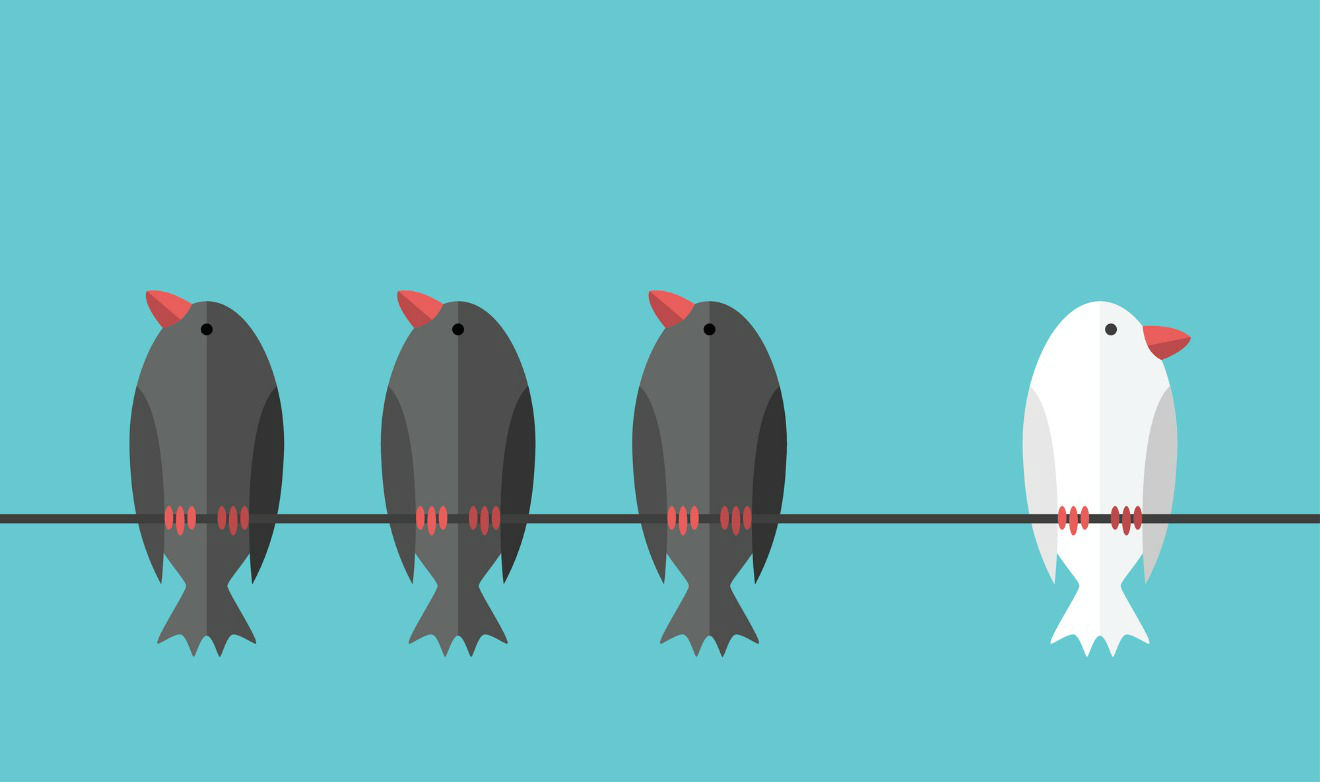From making a first impression to getting a promotion, we are all perpetrators, and victims, of unconscious bias. So, how we can change the habits of a lifetime?
Have you ever come out of a job interview thinking that you gave all the right answers and said all the right things only to be passed over for the role and left to ponder ‘what did I do wrong?’
If it’s any consolation, the problem could lie with the person, or people, conducting the interview.
Whether we choose to acknowledge or ignore it, unconscious bias is part of our lives and it can affect every decision you make without you even realising it.
Unconscious bias happens when people favour or discriminate against others based on how they look or behave and whether they share the same beliefs.
This means you can find yourself unwittingly judging someone based on their gender, race, weight, height, religion, sexuality and nationality, right through to what shoes they have on, the perfume they wear or even the way they hold a handbag.
In the workplace, unconscious bias can influence decisions made around recruitment, promotion, staff development and recognition
Employers can overlook talented workers in favour of those who share their own characteristics or ideas.
A report by Queensland University found that salaries for blonde women were 7 per cent higher than for brunettes or redheads. Meanwhile, a study carried out by Duke University in North Carolina concluded that “mature-faced” people had a career advantage over “baby-faced” people, characterised as having large, round eyes, high eyebrows and a small chin.
This is nothing new. Unconscious bias has been around for as long as humans have. Quick thinking in the face of danger often meant the difference between life or death, so our brain naturally developed ways to survive using our instincts.
Furthermore, those biases are part of what keeps us balanced and able to process the vast amount of information that constantly bombards us.
It is estimated that at any point in time our brain is processing around 11 million bits of information, but we can only consciously process 40 bits, which makes us 99.999996% unconscious.
This explains why we’re hard-wired to automatically jump to conclusions in certain situations.
Results from a global research study conducted by Harvard revealed that out of 200,000 people questioned, 76 per cent of the male and female participants showed signs of gender bias and considered men to be better suited to careers and women to be more at home in domestic roles.
Indeed, many women unconsciously believe that men naturally perform better in the workplace.
This feeds into our instinctive bias at work and is one of the reasons why women tend not to progress as swiftly as men in their careers or are overlooked for promotion or excluded from conversations. It is assumed women will, for example, take maternity leave at some point, or on occasion ask to leave work early to pick up their children from school.
In 2016, McKinsey’s annual Women in the Workplace report highlighted that for every 100 women promoted to the position of manager, 130 men are promoted to the same role.
It only becomes harder for women as they attempt to move up the career ladder – a problem that appears to be more prevalent in Britain than it is elsewhere in Western Europe.
A report from global management and recruitment firm Egon Zehnder stated that women made up 29 per cent of new recruits to UK boardrooms in 2016. Not only did this represent a drop of 3.1 per cent in 2015 but also meant the UK was below the Western European average of 35.4 per cent. By contrast, women made up 57 per cent of new board appointments in France for that year.
However, women can also demonstrate unconscious towards other each other. These biases can force women to take on positions that may not come naturally to them, such as assuming masculine characteristics – being aggressive or overly competitive – for a particular management role.
How then should managers help to tackle this discrimination at work?
First, you can look to increase awareness of unconscious bias and gender disparity within your team.
The Future Work Institute predicted that by next year 50 per cent of employers in the US will be offering training on unconscious bias.
You should also declare your intentions about valuing a diverse workforce. Saying words out loud, or writing them down, sends a clear message to everyone you work with, as well as to your own subconscious.
Recruiters may unwittingly tend to favour applicants from their own background, but you can take steps to reduce this bias. Ensure the wording of your job advert does not favour one group of people or another (use words that appeal equally to men and to women). When looking at CVs, read several side-by-side rather than one at a time. That way you focus more on the performance and skills mentioned than on issues such as gender or race.
Exposure to negative stereotypes can reinforce their influence on your behaviour, even if you don’t consciously agree with them, so consider using positive and diverse images in the workplace in your posters, newsletters, reports, videos and podcasts.
Ultimately, we all have unconscious biases so any tendencies to discriminate against a group or individual may not be intentional but can be changed over time. The more you expose yourself to things that challenge you, the less discriminatory you will be.





